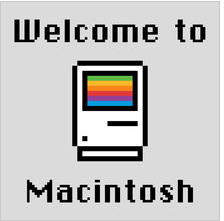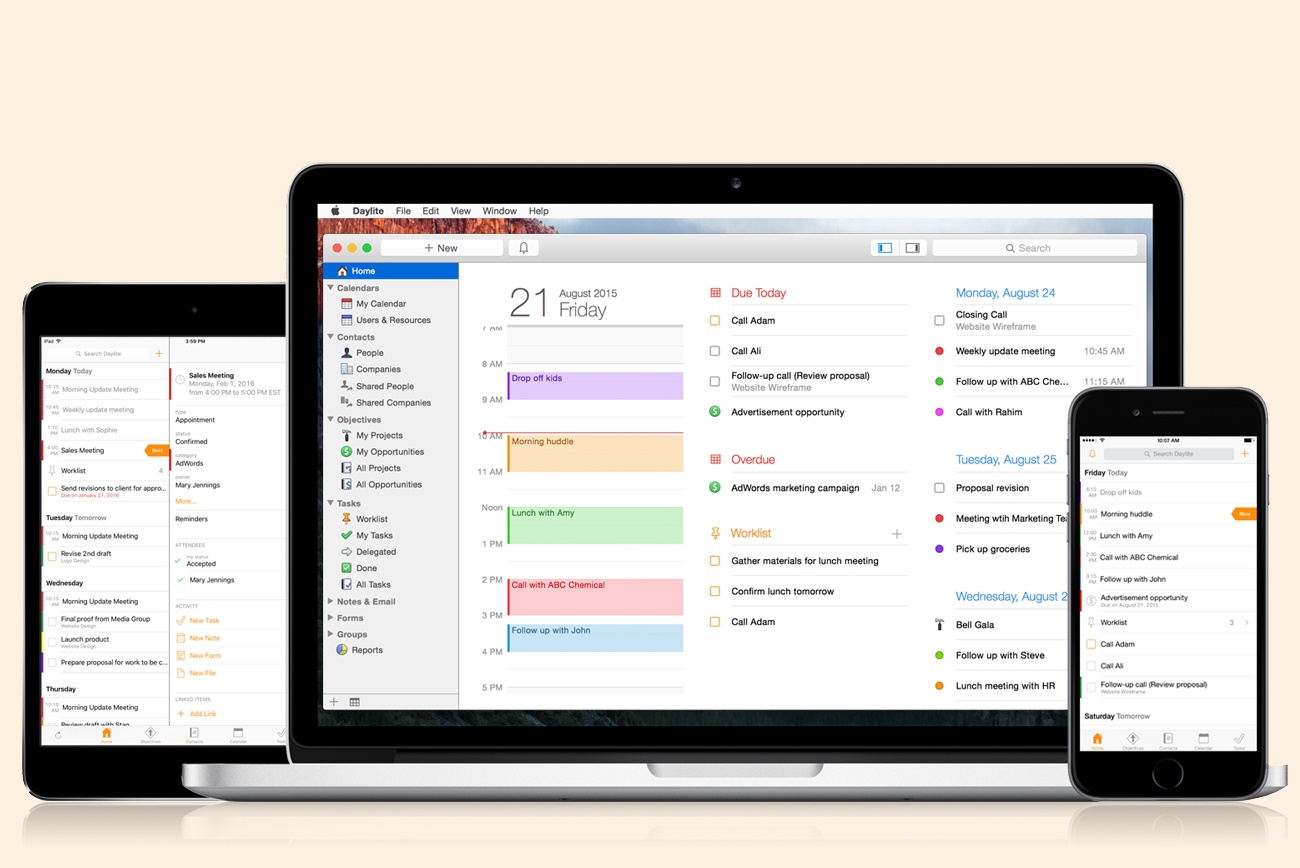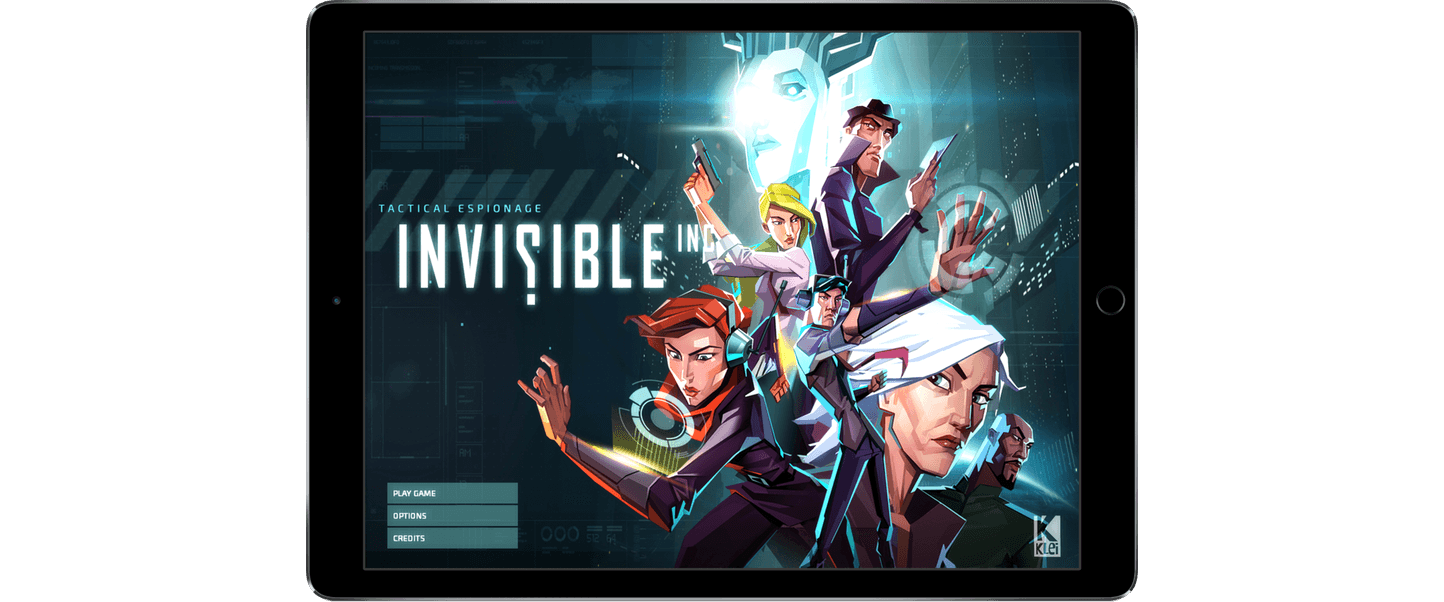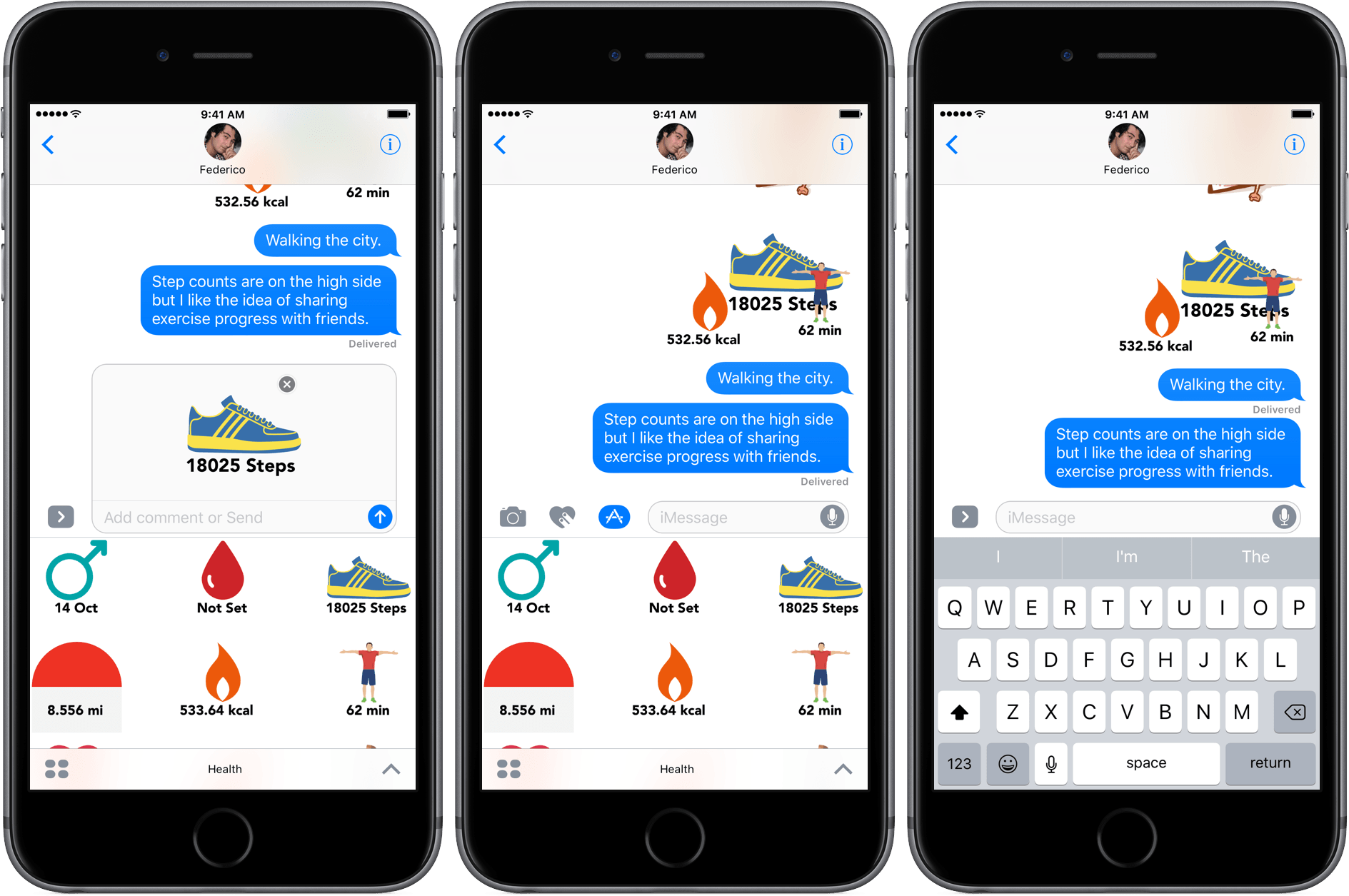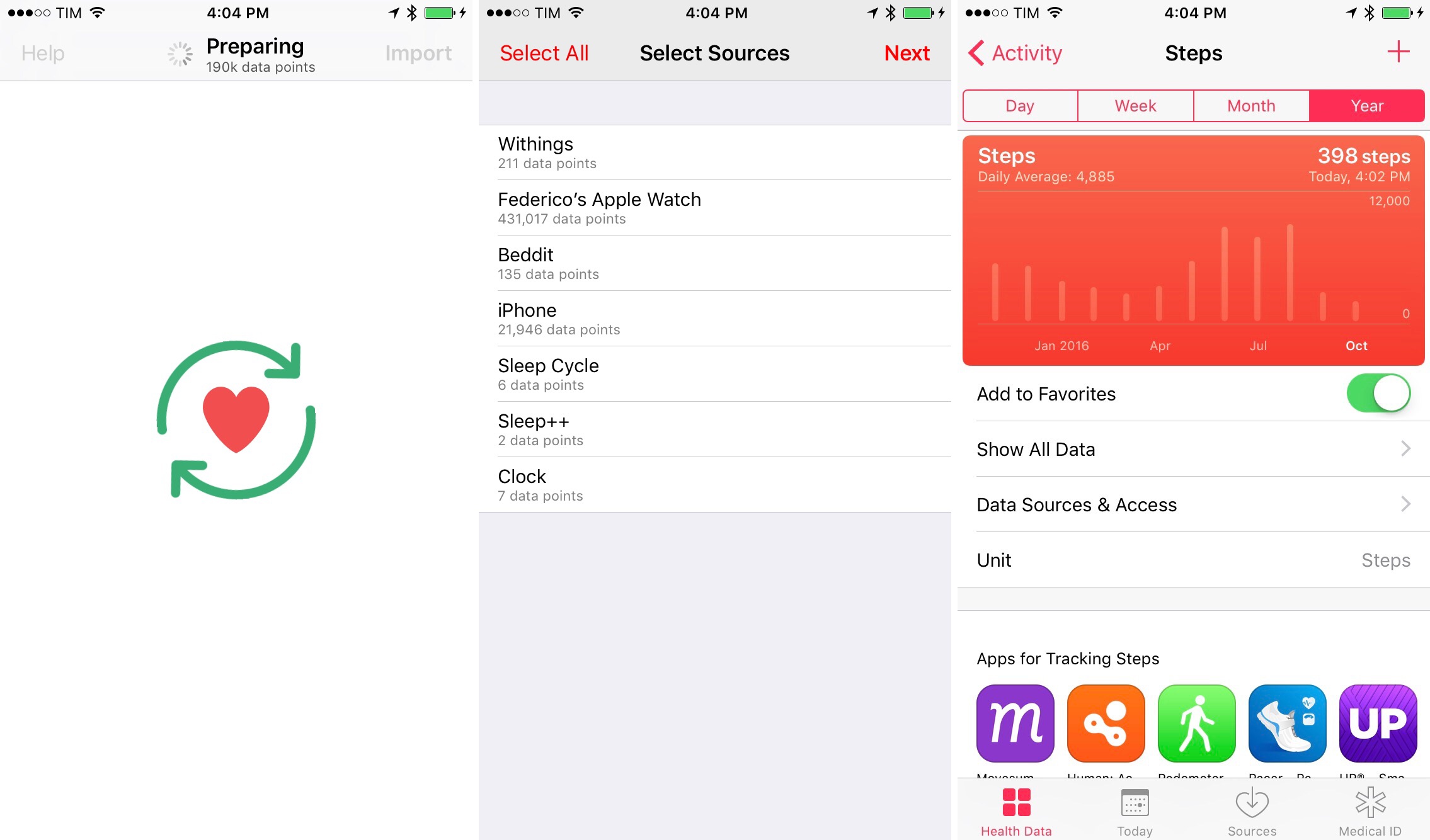iOS gaming is epitomized by games with short, simple interactions, which is why arcade and puzzle games dominate the platform. There’s nothing inherently wrong with that – it plays to the strengths of the iPhone where most iOS game are played. But the success of Apple’s smallest iOS device doesn’t have to be at the expense of its bigger cousin, the iPad. With lots of power under the hood, a big battery and a gorgeous screen, the iPad has a lot to offer as a gaming platform. Yet, games that take advantage of the iPad’s strengths feel few and far between.
Earlier this month, Klei Entertainment, the Canadian studio behind Don’t Starve, released Invisible, Inc., an iPad-only turn-based stealth and strategy game that demonstrates what’s possible on the iPad. Invisible isn’t a new title. The game debuted on the PC and Mac in 2015 and earlier this year on the PS4, but this is Invisible’s first appearance on a touch-based device.
Invisible is set in a future where the world is dominated by corporations. Your security team has been compromised and you have 72 hours to solve a variety of missions leading up to a counterstrike against your enemy. Each mission poses unique challenges and obstacles that require stealth and strategy. The missions are also necessary to collect gear you will need to make your final assault on your enemy’s base.
The turn-based nature of Invisible gives you time to consider the best way to get around guards, cameras, drones, and other obstacles, but at the same time, Invisible creates a sense of urgency. Each turn you take raises the alarm status in the facility you’ve infiltrated, which leads to further complications as you navigate your enemy’s defenses. Guards you take out don’t remain unconscious indefinitely either. Waste too many turns and guards start to come to and look for you. Add to that an ominous electronic soundtrack, and you’ve got a game with a nearly perfect level of intensity.
Invisible is a deep game that is worth playing multiple times. You can unlock ten different agents to take through the missions, which are procedurally generated, adding variety to each play-through. You will fail missions over and over, but Invisible gives you ‘rewinds’ to retry missions, learning the best way to navigate their threats. On top of that, there are five game modes, all of which adds up to hours of challenges that are never the same twice.
Klei’s experience with bringing desktop gaming to the iPad shows. Invisible feels perfectly natural as an iPad app. The choice to bring the game to iPad only for now was a smart one. The game benefits from the larger screen. Klei did the same with Don’t Starve, but eventually did bring that game to the iPhone too. I could see that happening here as well, but doing so would undoubtedly require significant effort to make the interface work on a smaller screen.
I would love to see more games of Invisible’s ambition and quality on the App Store. The success of a game like Invisible on iOS seems like a no-brainer. A high-quality game for $4.99 that would cost you $20 on another platform is a great bargain. Unfortunately, people have been conditioned to expect games on iOS that are free or maybe a dollar or two at most. That’s a problem for the future of gaming on iOS, but with releases of top-notch games like Invisible, Inc., I remain optimistic that there is still a place for premier games to carve out a place for themselves on iOS.
Invisible, Inc. is available on the App Store for $4.99.


